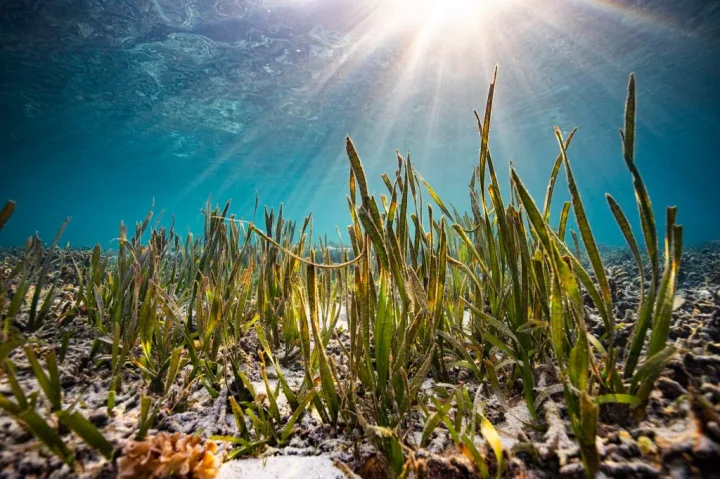
"Seagrasses are marvellous coastal ecosystems that provide a range of critical ecosystem functions and services, including climate regulation and fisheries production, however they are under threat."
Stories of science from the Australian Rivers Institute

"Seagrasses are flowering plants that live submerged in salty water and perform vital ecosystem services that help us and the food-webs that rely on them. For example, seagrasses capture and store more atmospheric carbon (per unit area) than many terrestrial plants, they act as nursery areas for important fishery species, and provide coastal protection against things like erosion and storm surges," Dr Ryan Pearson.

By PhD candidate Ellen Ditria, Reading Time: 452 words, about 2 minutes. Fish IDing Sample. Photo: Global Wetlands Project. Deep learning has fast become recognised as a powerful data processing tool for ecologists faced with vast amounts of image-based data. The ability of deep learning to accurately detect target species in videos and images unlocks [...]

By PhD candidate Rebekah Grieger Read Time: 468 words about 4 minutes. Wetlands are important features in the coastal landscape, providing many important ecosystem services. Much of the research into coastal wetlands focuses on the salty ones – mangroves, saltmarsh, seagrass – but there are equally important wetlands just up-stream that are generally overlooked, coastal freshwater wetlands. Our [...]

Dr Ryan Pearson Read Time: 503 words about 3 minutes. The effects of COVID-19 on the world has been profound. We're now re-evaluating intergovernmental, trade and personal relationships, and rethinking our consumer needs. Environmental groups have been encouraging people to 'eat more fish' in response to this pandemic. Consumer surveys during the pandemic have also highlighted [...]

By Melanie Roberts and Fernanda Adame Article Read Time: 524 words about 3 minutes. The 2019 Great Barrier Reef Outlook Report from the Australian Government Great Barrier Reef Marine Park Authority identifies the risk of nutrient runoff from catchments for the reef as Very High, the same rating as the 2014 and 2009 reports. --- This [...]

Author: Laura Griffiths Emergent is a five-part blog series that takes a fresh look at ARI’s early career researchers – a group of driven, passionate people with a shared sense of responsibility about our changing world. These emerging scholars are developing skills and applying them to real world issues. Some are even taking opportunities [...]

By Dr Man Xiao On 24 Oct 2018, and aligning with the International Day of Climate Action, the Australia Rivers Institute at Griffith University hosted the first ever online cyanobacterial Twitter Conference (Twitter hashtag: #cyanoTC2018). It was a success, with 22 presentations from all over the world covering: modelling, experimental and field studies, cyanotoxin measurement [...]